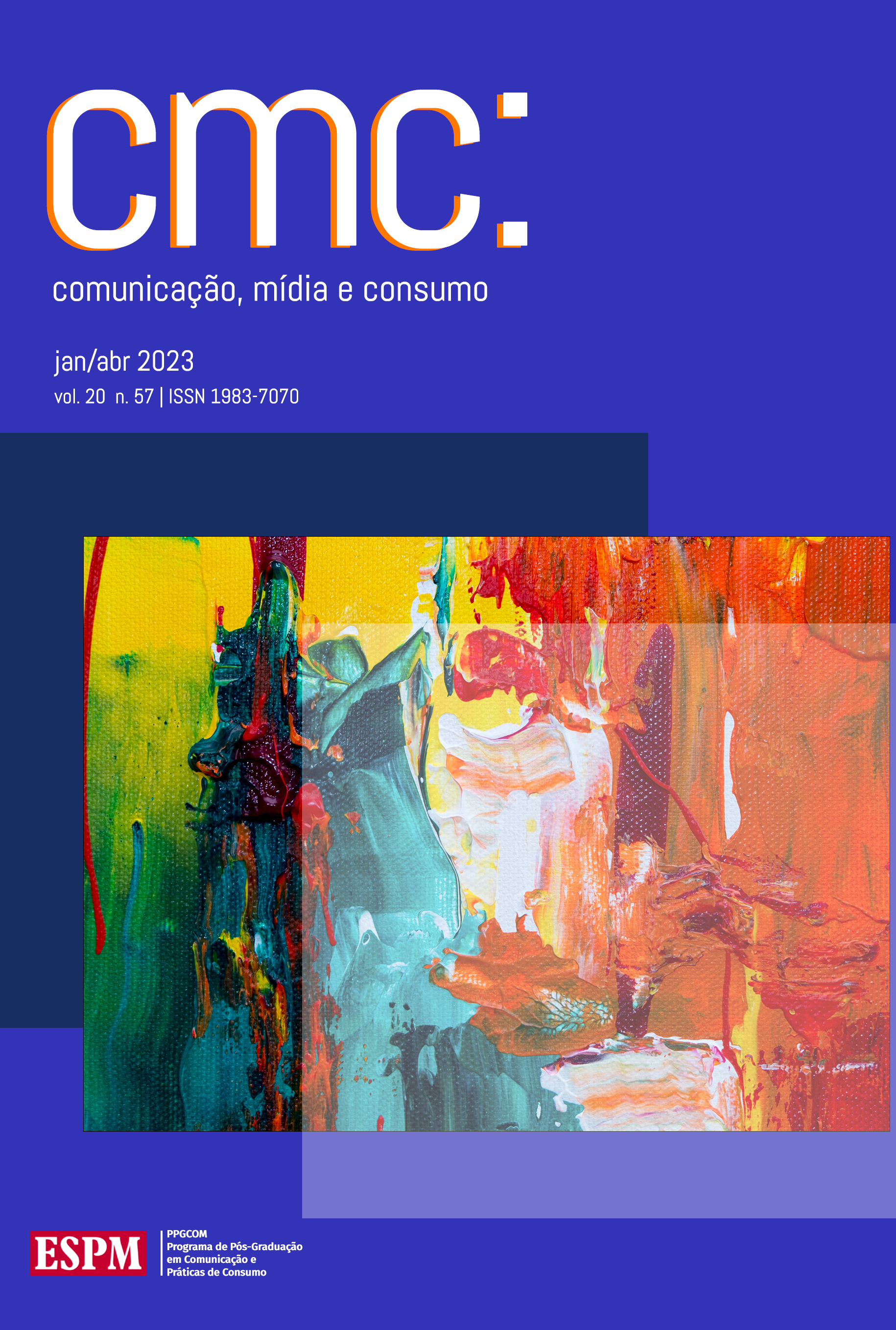Relationships built between perception views and personal assistants
DOI:
https://doi.org/10.18568/cmc.v20i57.2728Keywords:
Alexa, IoT (Internet of Things), virtual intelligences, media technologiesAbstract
This article aims to discuss the relationships built from the modulations between humans and machines, based on the idea that they are mutually affected, gradually changing materialities and subjectivities. With more intensity from the modern era, the human imagination conceived the creation and peaceful and subservient coexistence with automatons, androids and robots substitutes that could carry out the activities performed by the brain or body, as an intelligent double that would extend human consciousness. From talking dolls to personal assistants, the devices manifest themselves in different ways, presenting new experiences of interaction. This investigation explored the perceptions of using the Alexa personal assistant from the collection of personal reports from respondents who did not have the presence of digital technologies in their childhood.
Downloads
References
BAUMAN, Z. Modernidade Líquida. Tradução: Plínio Dentzien. Rio de Janeiro: Jorge Zahar Ed., 2001.
BERMAN, M. Tudo que é sólido desmancha no ar: a aventura da modernidade. São Paulo: Companhia das Letras, 2007.
CARR, N. A geração superficial: o que a internet está fazendo com os nossos cérebros. Rio de Janeiro: Agir, 2011.
FELINTO. E. A religião das máquinas: ensaios sobre o imaginário da cibercultura. Por-to Alegre: Sulina, 2005.
FREUD, S. O infamiliar. Belo Horizonte: Autêntica Editora, 2019.
HEIDEGGER, M. Discourse on Thinking. New York: Harper & Row, 1966. LIPOVETSKY, G. Os tempos hipermodernos. São Paulo: Barcarolla, 2004. 3ª reimpres-são, 2007.
LIPOVETSKY, G. Da leveza: rumo a uma civilização sem peso. Barueri, SP: Manole, 2016.
LIPOVETSKY, G.; SERROY, J. A estetização do mundo: viver na era do capitalismo artista. São Paulo: Companhia das Letras, 2015.
MARX, K.; ENGELS, F. O Manifesto Comunista. Rio de Janeiro: Paz e Terra, 1998. (Coleção leitura).
MCLUHAN, M. Understanding Media: The extensions of a man. Critical Edition. Corte Madera, CA: Gingko Press, 2003.
MCLUHAN, M.; MAILER, N. The Summer Way with Norman Mailer. Disponível em: https://www.youtube.com/watch?v=PtrJntaTlic. Acesso em: 18 jun. 2022.
POLKINGHORNE, D. E. Phenomenological Research Methods. In: VALLE, R. S.; HALLING, S. (Eds.). Existential-Phenomenological Perspectives in Psychology. Explor-ing the Breadth of Human Experience. New York: Plenum Press, 1989.
SILVERSTONE, R.; HIRSCH E. (Eds.). Consuming Technologies. Media and informa-tion in domestic spaces. UK: Routledge’s, 2005.
SIMMEL, G. Sociologie et Epistemologie. Paris: Presses Universitaries de France, 1991.
SINGER, B. Modernidade, Hiperestímulo e o início do sensacionalismo popular. In: CHARNEY, L.; SCHWARTZ, V. (Orgs.). O cinema e a invenção da vida moderna. Tra-dução: Regina Thompson. São Paulo: Cosac & Naify, 2004, p. 95-123.
TOFFLER, A. O Choque do Futuro. 5. ed. Rio de Janeiro: Editora Record, 1994. VEBLEN, T. A teoria da Classe Ociosa. Um estudo econômico das Instituições. São Pau-lo: Livraria Pioneira Editora, 1965.
WOOD, G. Edison’s Eve: a magical history of the quest for mechanical life. New York, EUA: Vintage Book, 2003.
Downloads
Published
How to Cite
Issue
Section
License
Authors retain the copyright and grant the journal the right to first publication, with the work simultaneously licensed under the Creative Commons Attribution License that allows the work sharing with acknowledgment of authorship and initial publication in this magazine.








